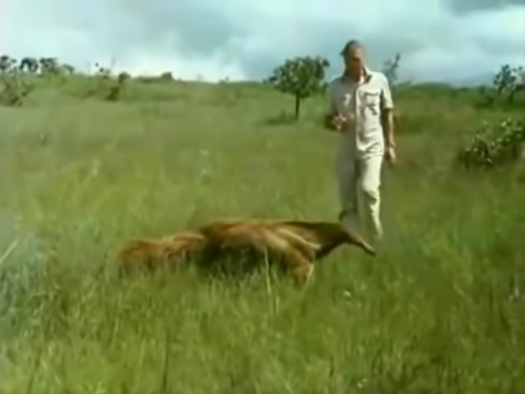With Sir David Attenborough
Seas of Grass looks at a plant with some 10,000 species that covers over a quarter of vegetated land: the grasses. It is a plant that keeps growing despite continuous grazing because a grass leaf grows at its base, which is permanently active.
Among the grasses, lizards prey on insects, praying mantises eat grasshoppers, spiders hunt anything they can, and dung beetles clear up the mess. Termites are among the most successful: in the savannah of Brazil, there are more termite mounds per acre than anywhere else — and where they flourish, the anteater follows.
At dawn on the Brazilian campo, many open-nesting birds are vulnerable to species such as the tegu. There are few trees because of little water and during the dry season, caiman and turtles vie for space in such pools as there are.
3,000 kilometers to the north, in Venezuela, the clay soil enables the Llanos to hold flood water, and some creatures, such as the capybara, relish it.
Further north still, on the North American prairie, the freezing temperature of minus 46°C means that few animals can survive it; the bison is one that can.
The African plains have a greater variety and bigger concentration of grass-living animals than any other. In the Sudan Attenborough witnesses the Merle tribe hunting amongst the spectacular migration of a million white-eared kob antelope.



